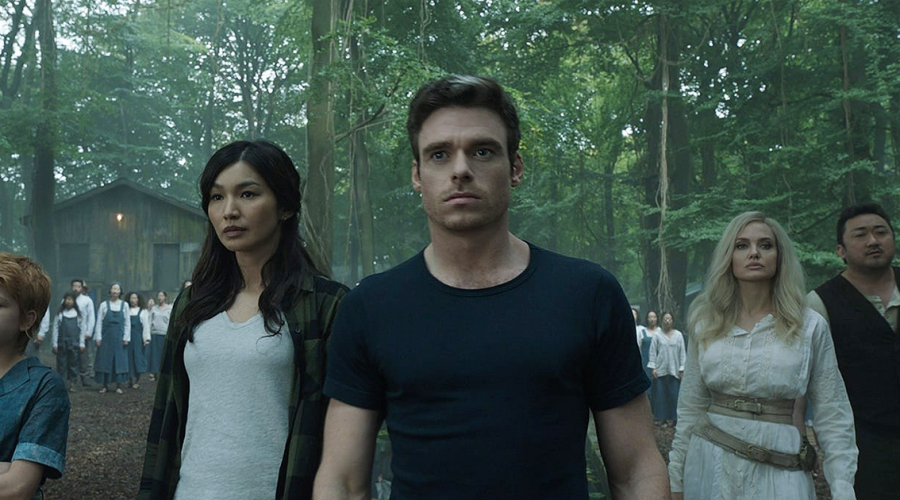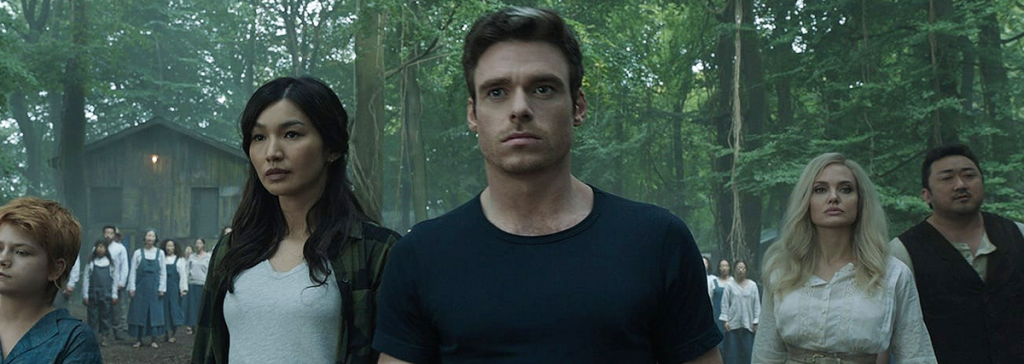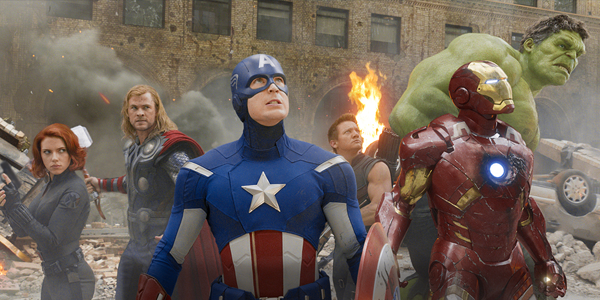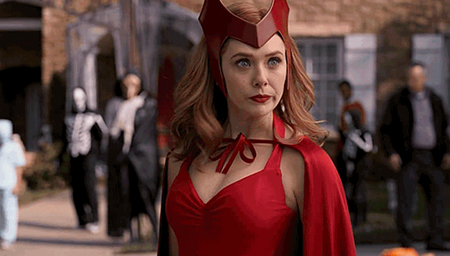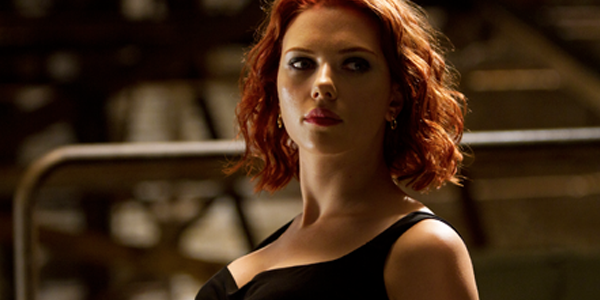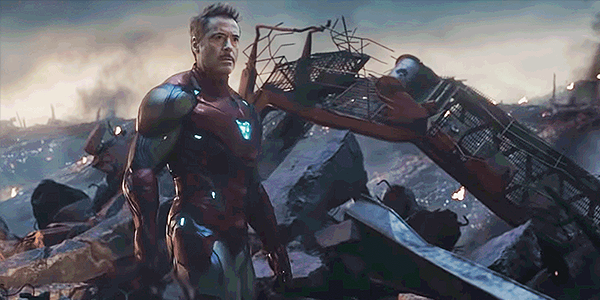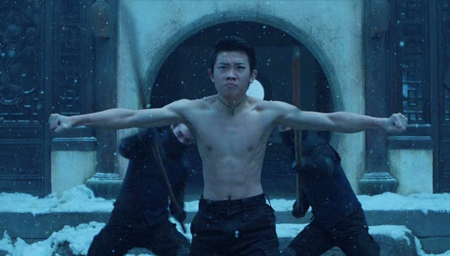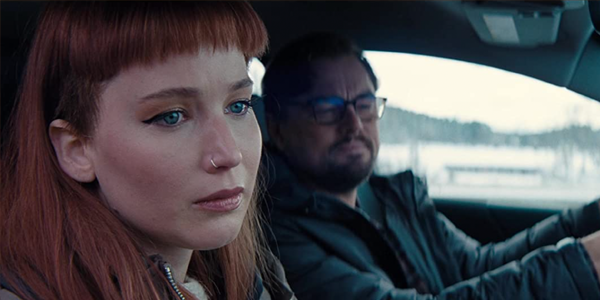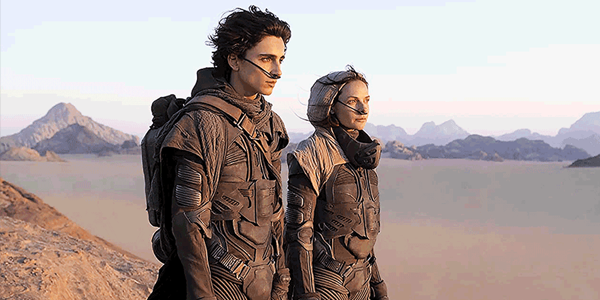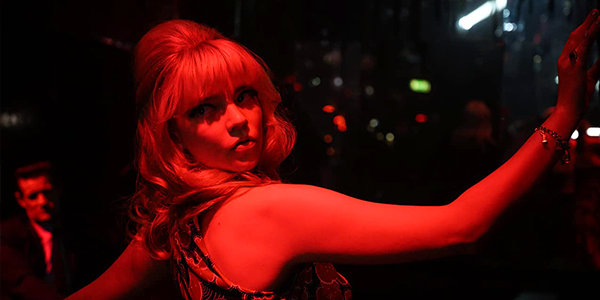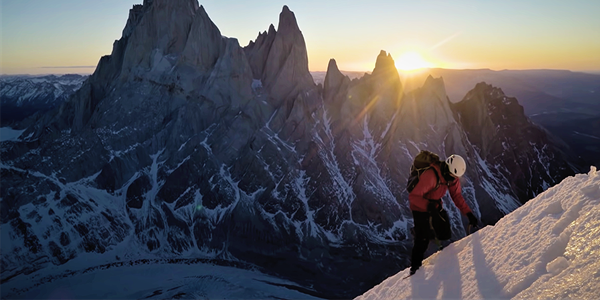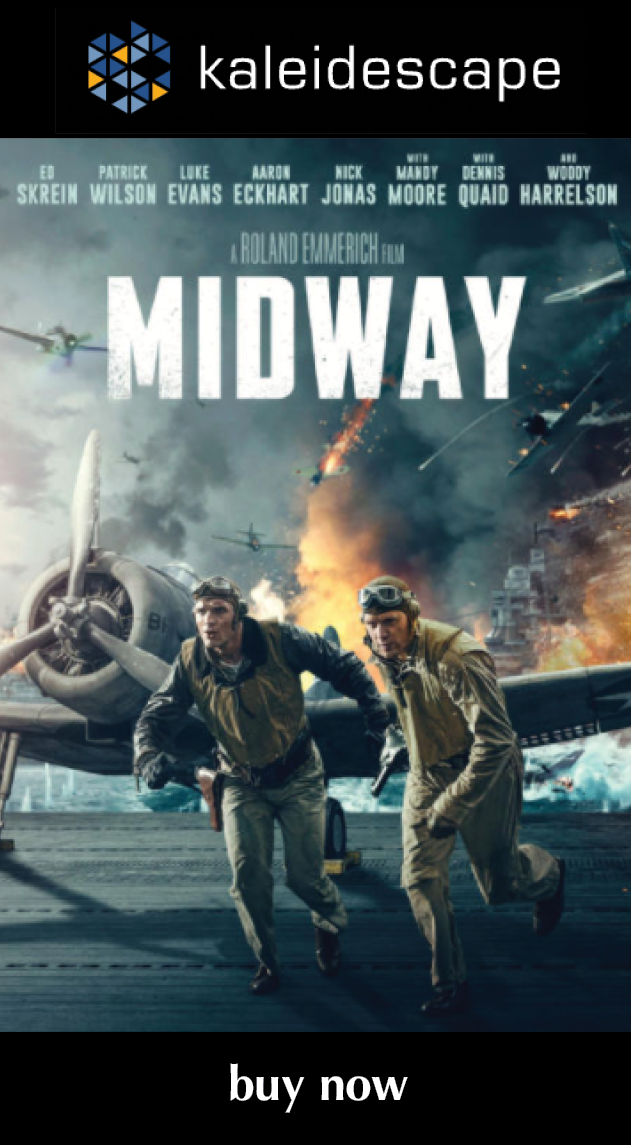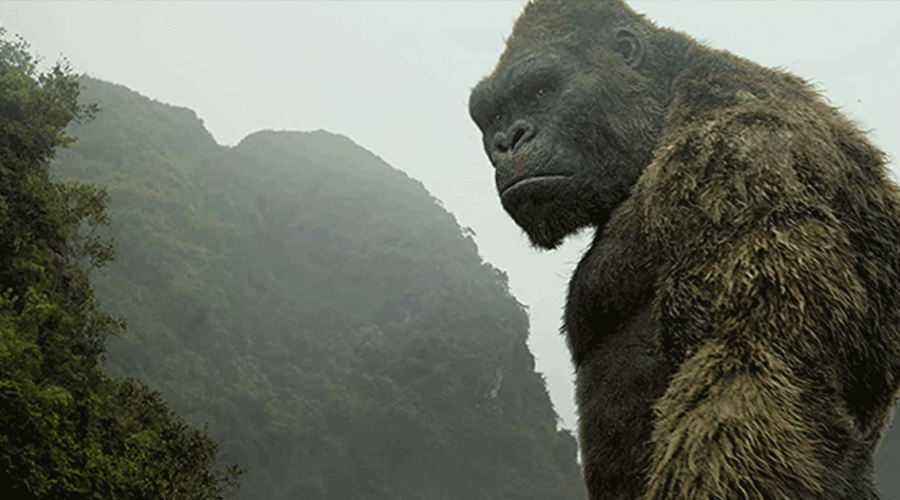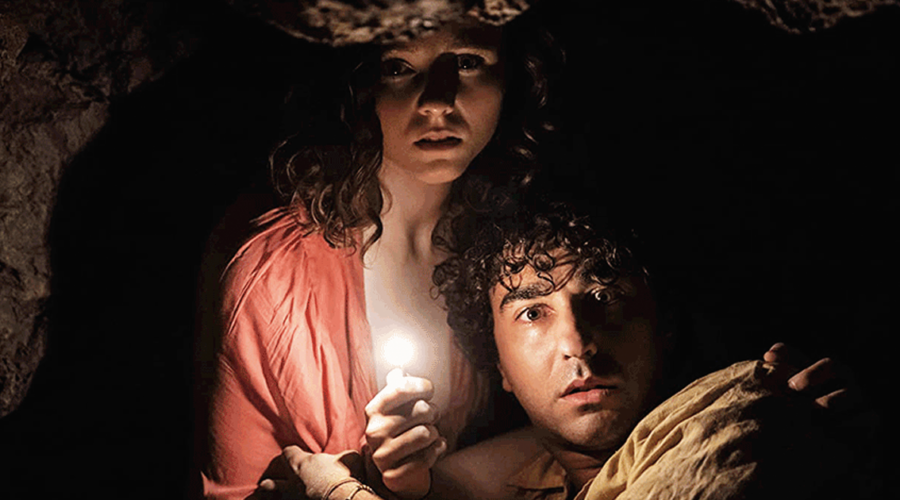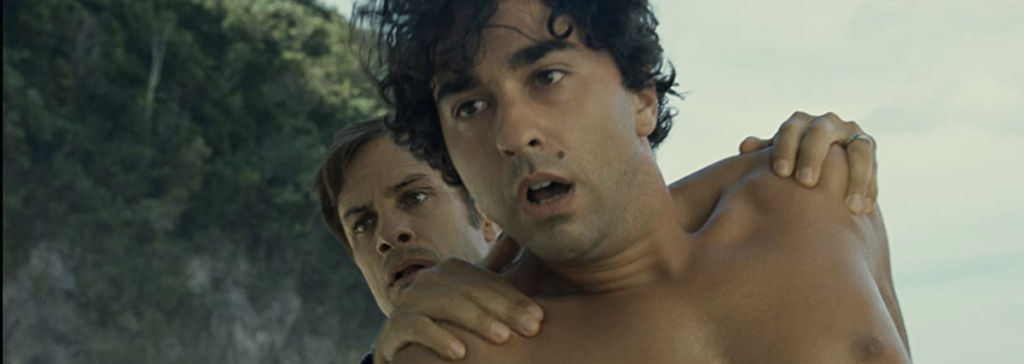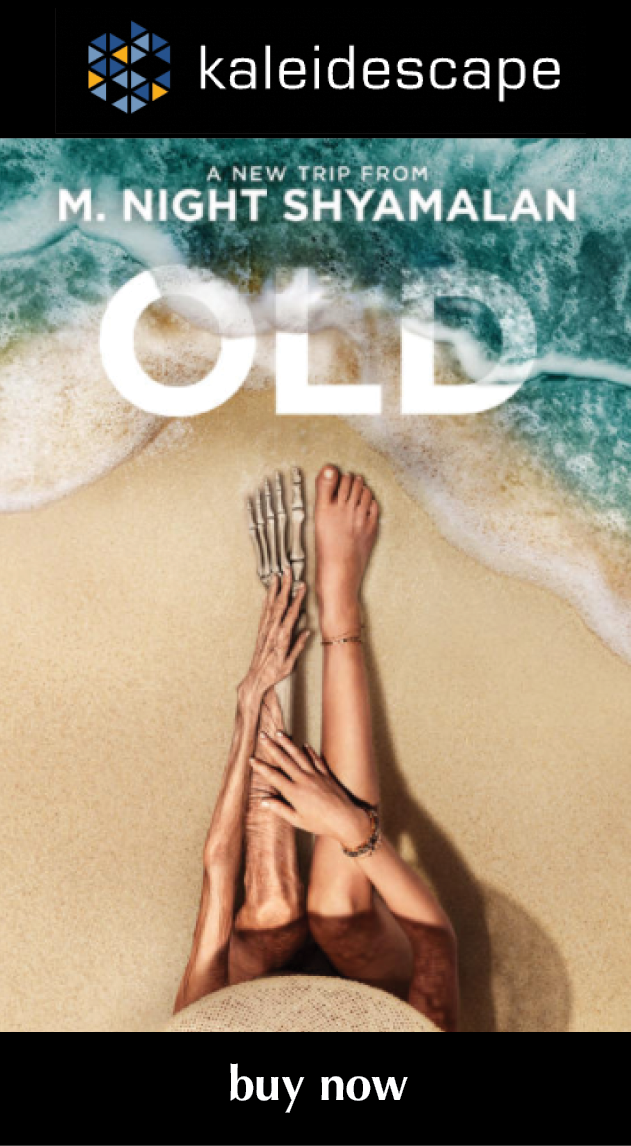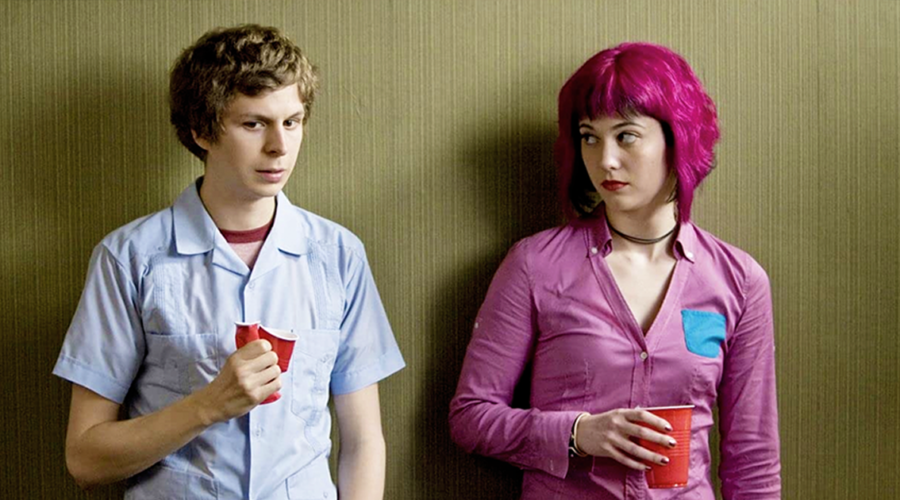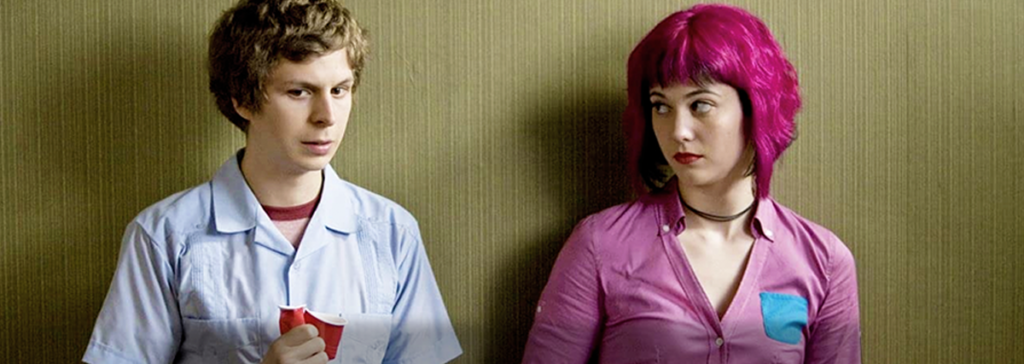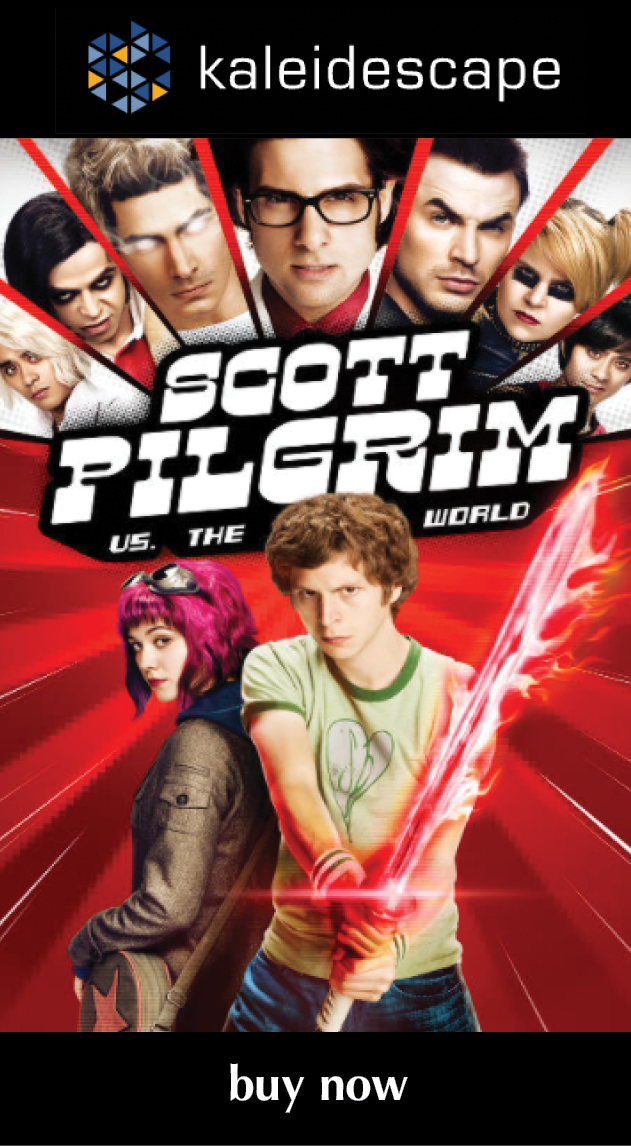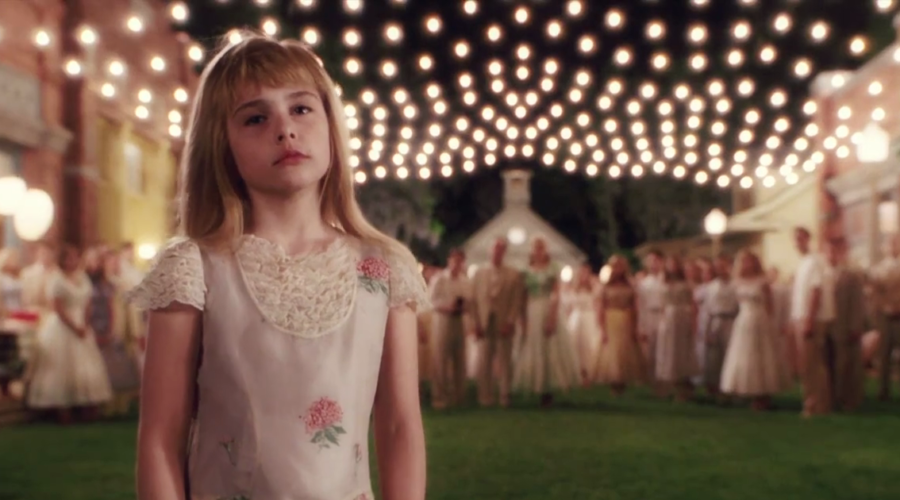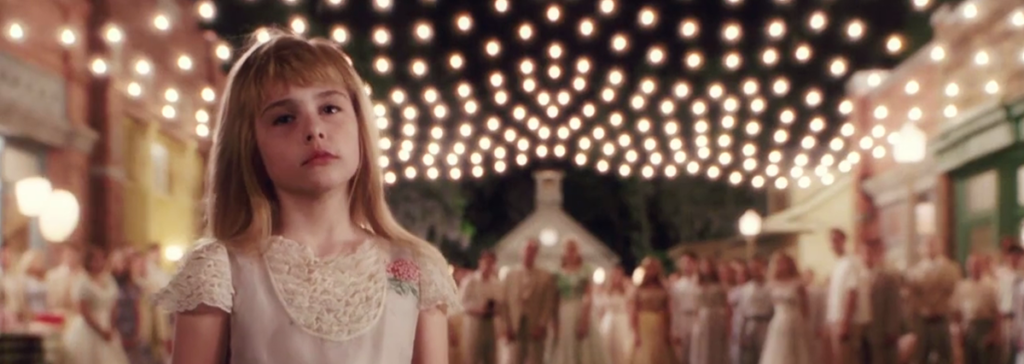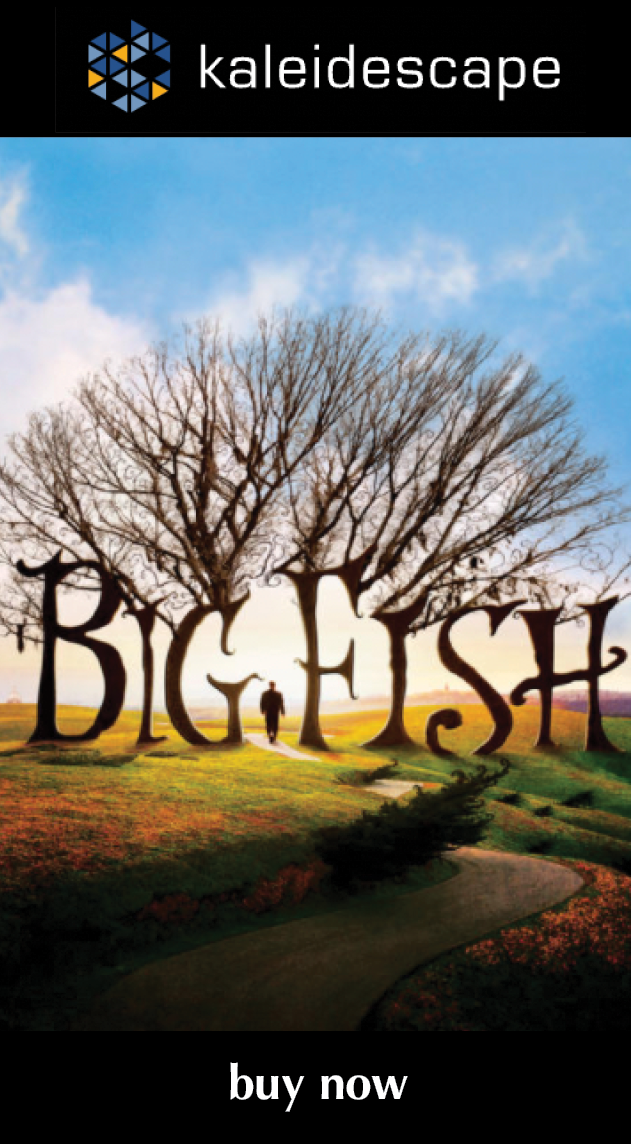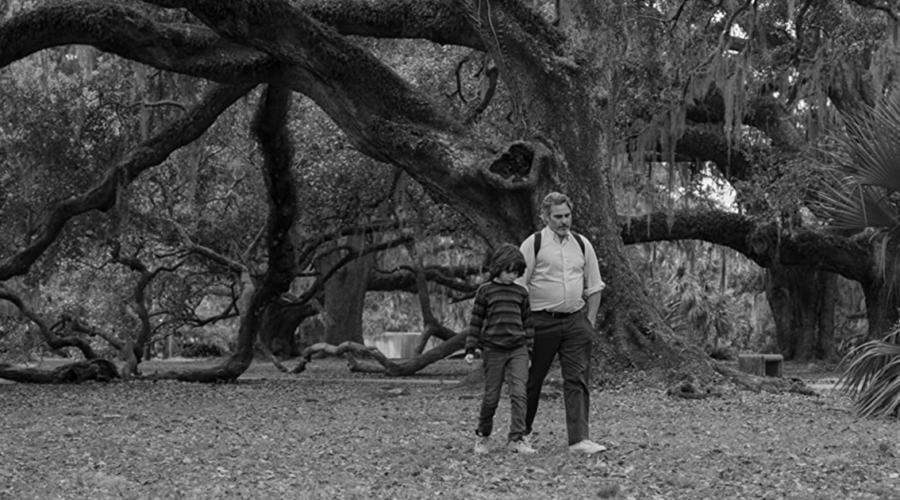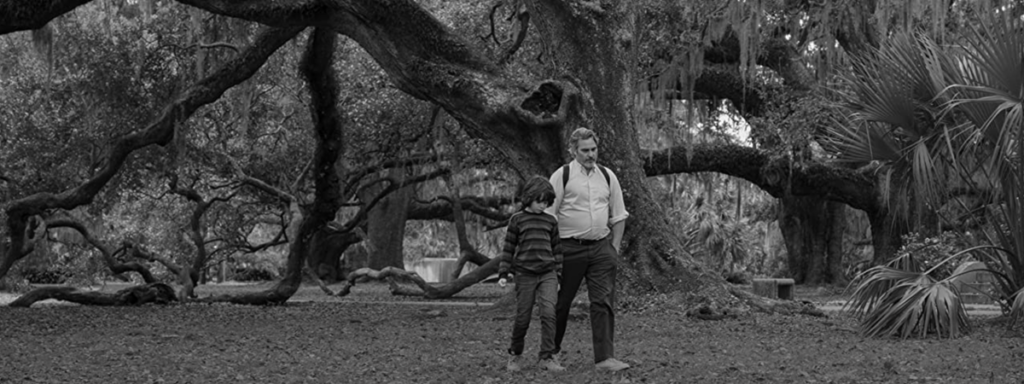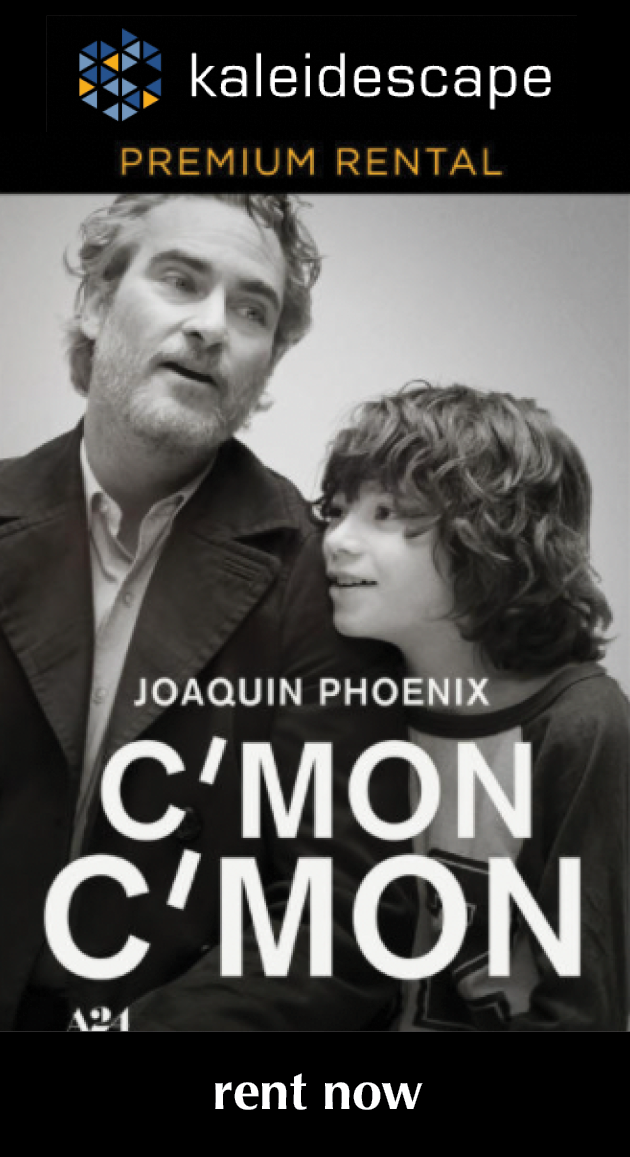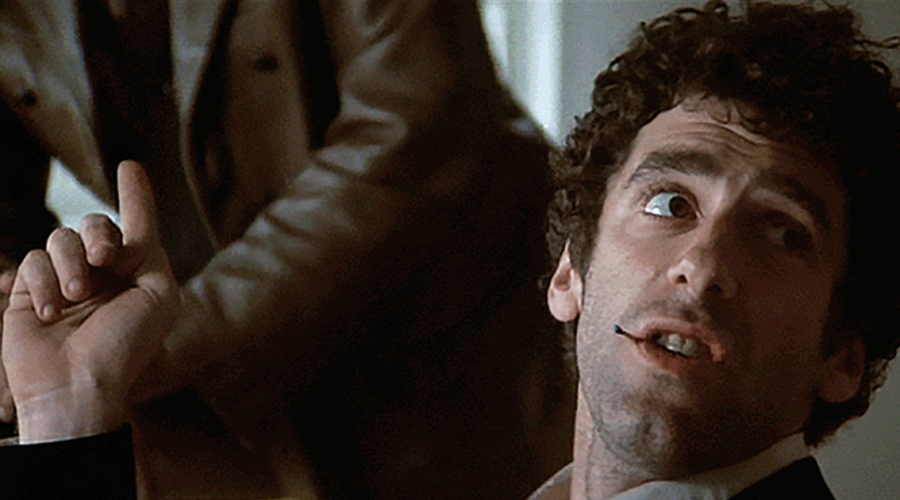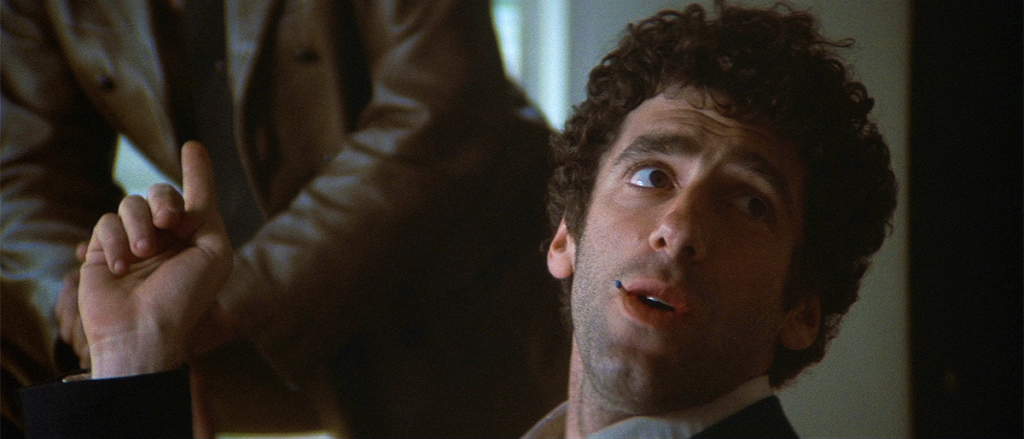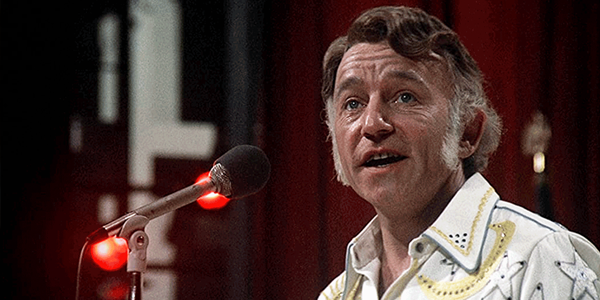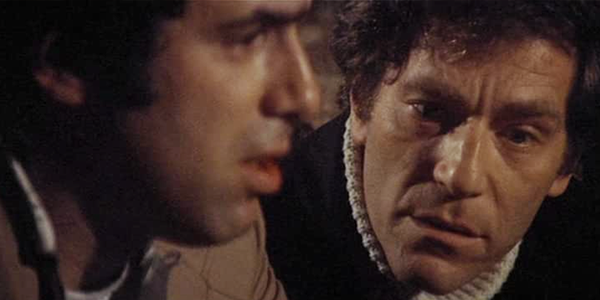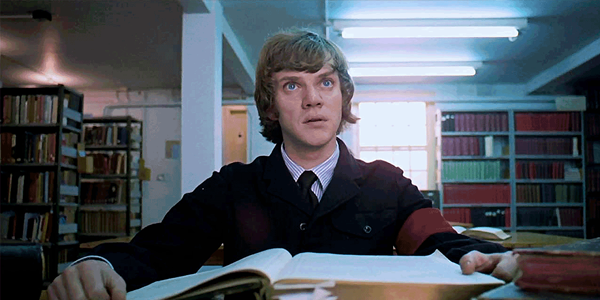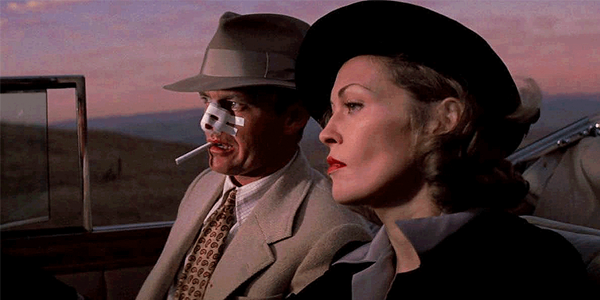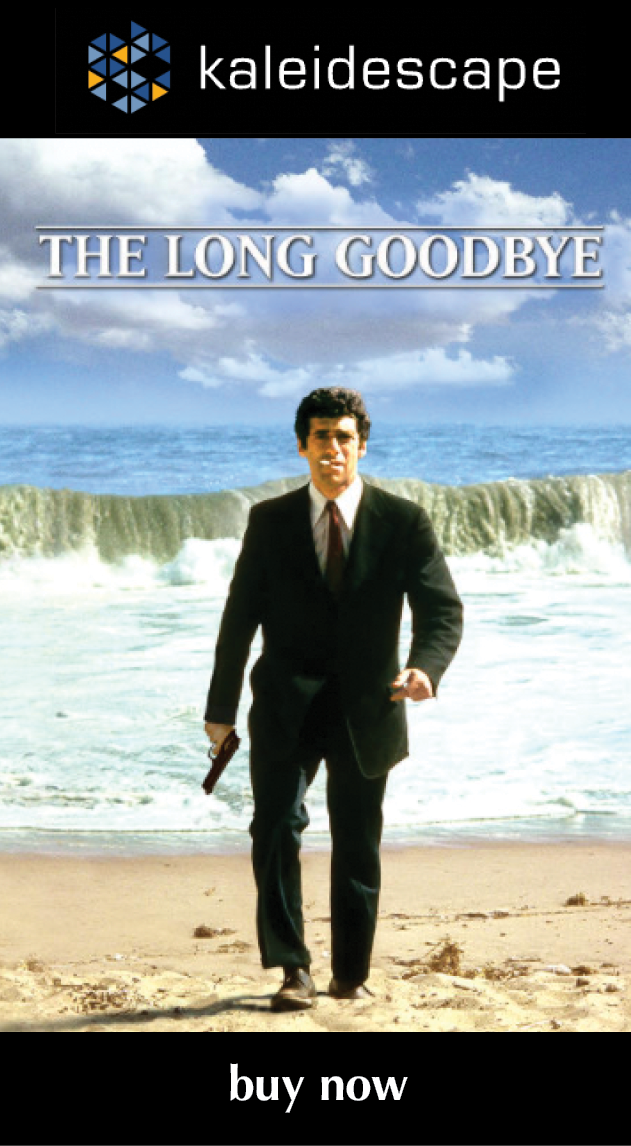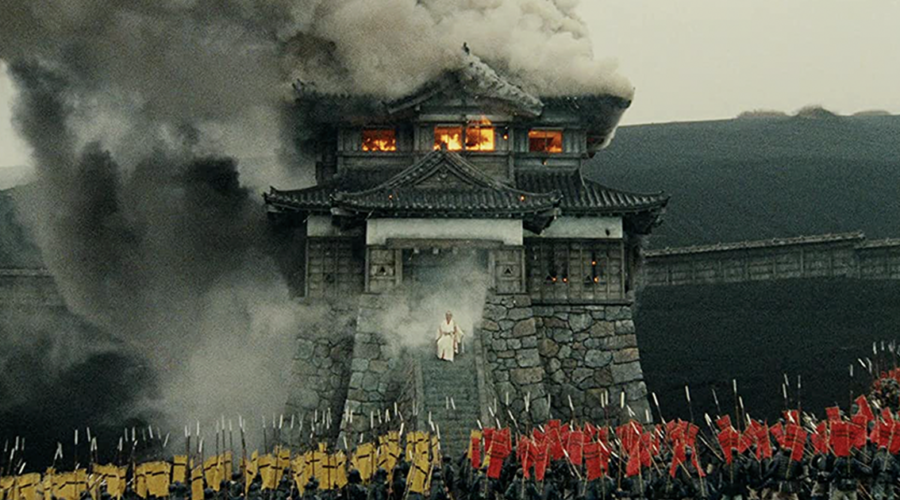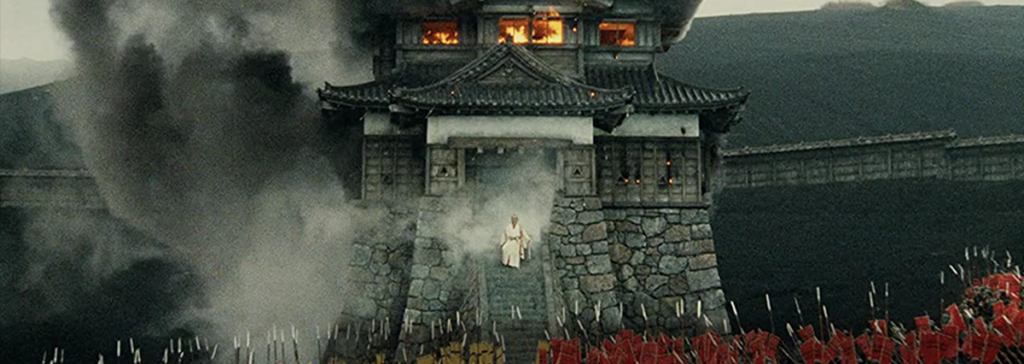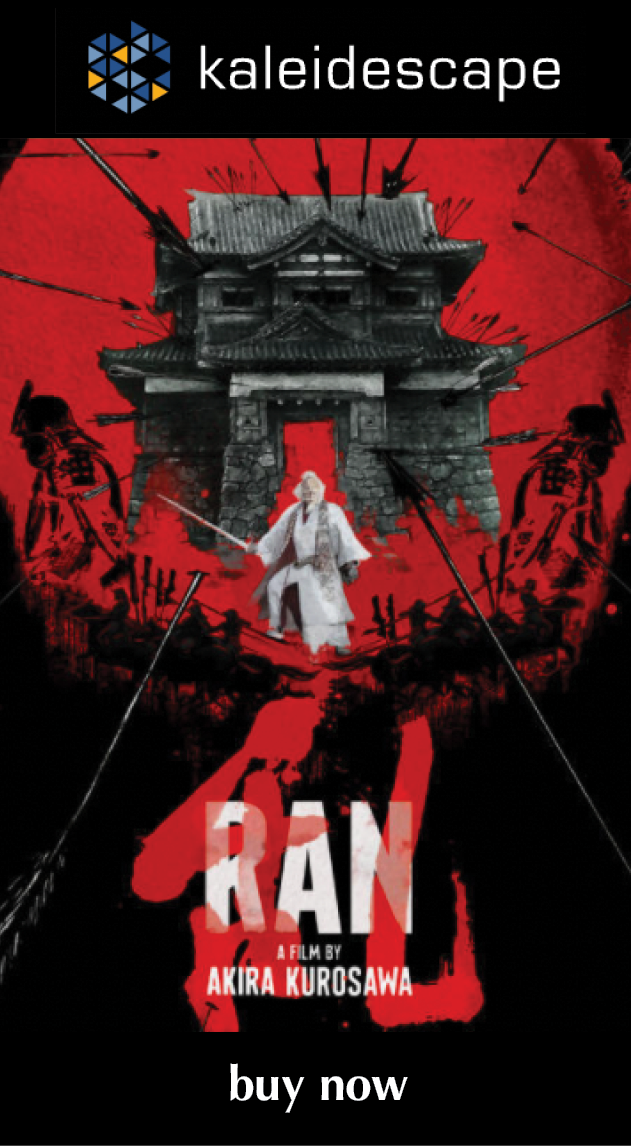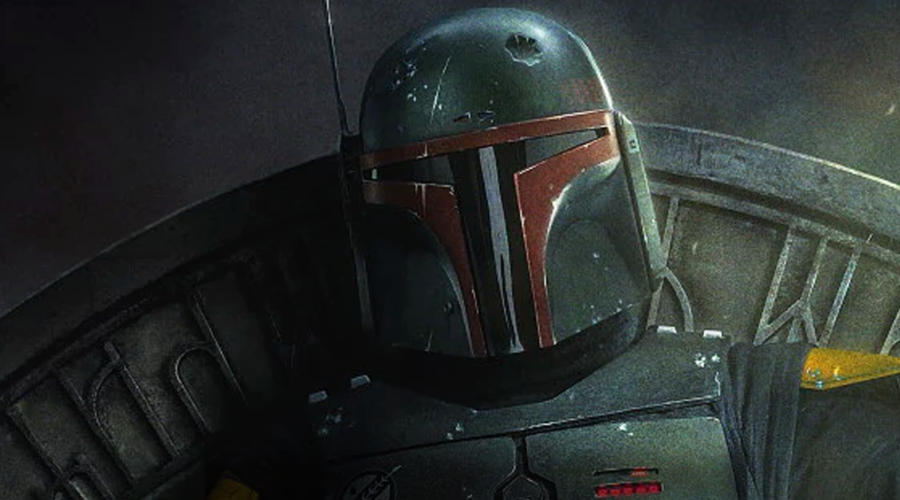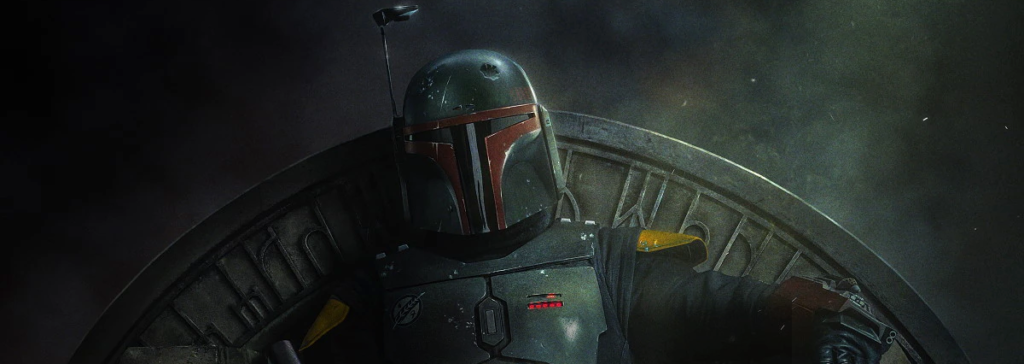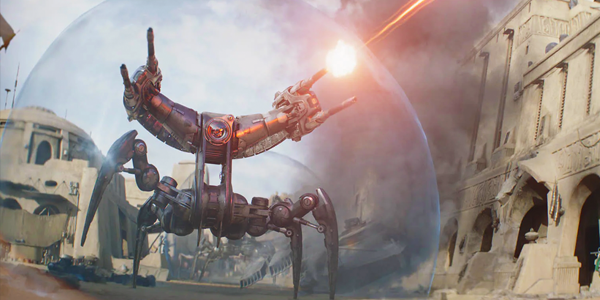Review: Eternals
the MCU on Cineluxe
recent articles
Sign up for our monthly newsletter
to stay up to date on Cineluxe
Too long and overpopulated with unfamiliar characters, the lowest-rated MCU entry to date is a slog even for die-hard Marvel fans
by John Sciacca
January 14, 2022
Back when I was a club golf professional, we had a TV in the pro shop where we would watch whatever tournament was on. This was during the time Tiger Woods turned professional and started his dominating run on the PGA Tour. Every week, we’d have these tournaments on start to finish and every member passing through the shop would ask, “How’s Tiger doing?” or “Is Tiger winning?” It was just an almost foregone conclusion that he would finish on top of the leader board.
That’s kind of the reputation Marvel Studios has built since 2008 when it released Iron Man, the first entry in Phase One of its grand Marvel Cinematic Universe. With an amazing string of critical, fan, and box office hits, you just expect each new Marvel film to be terrific.
So when Eternals came out—the third film in Phase Four of the MCU following Black Widow and Shang-Chi—you just kind of expected it would be another home run. To give the film even more cred, Marvel brought in Chloe Zhao following her Best Picture and Director Academy Awards win for Nomadland to helm the film, who gets a screenplay credit as well. They also stacked the cast with a ton of stars and diversity. In fact, this is by far the most ethnically inclusive cast of any Marvel film, to the point that it almost feels like the filmmakers were going down a list and checking off to make sure everyone was represented.
So, when Eternals debuted as the lowest-rated Marvel film—and the first to be certified Rotten with a critics’ score of only 47%—you couldn’t help but wonder, “What went wrong?”
When it comes to movies, I like to make up my own mind. So while I mentally filed the bad reviews away, it wasn’t going to change my plans to see it when it debuted on Disney+ on January 12. There was a rather humorous and meta comment from one character who says, “DVD? It’s all about streaming now!”
Probably like many of you, I’m not a Marvel super-fan, so I knew absolutely nothing about the comic-book roots of the Eternals characters featured in the film. For the film to be successful, though, it had to work for the uninitiated and serve to bring them into the fold, as well as provide the deeper layers of fan-service to the faithful.
For me, Eternals’ biggest problem is there is just too much. You’re trying to keep up with and learn about ten characters that are likely brand new to you. To add to the learning curve, they all have names that don’t exactly immediately imprint on your mind like Iron Man or Spider-Man. We’ve got Ajak, Sersi, Ikaris, Kingo, Sprite, Phastos, Makkari, Druig, Gilgamesh, and Thena. And when I’m spending mental energy thinking, “Who is that again? And what is their power?” you’ve probably missed a page in the “How to make a superhero movie” primer.
At one point, my wife said, “XXX just died. I feel like I should care more.” And that’s the other problem—with so many new faces and stories, you never really get the time to care about any of these characters. When Tony Stark died in Endgame it was wrenching because we’d cared about him over the course of numerous films and 13 years. With Eternals, it was almost a relief of, “Well, that’s one less person I have to keep up with.”
At 2 hours and 36 minutes, Eternals is long. Now, I don’t mind a long film, but when it feels long, that’s a problem. There are many parts through the middle that just kind of drag along. At one point, I got up to get a snack and hit pause and my family literally groaned when they saw it still had 41 minutes left. When you’re sitting there wondering, “When is this thing gonna end?” that’s another giant red flag.
One of the things Marvel has done so well is to feel like this is all part of a larger universe, and that everything fits in. While I realize this is the beginning-ish of a new Phase of the MCU, Eternals feels totally disconnected from the rest of the world. There are a couple of forced comments about who will lead the Avengers now and a reference to Thanos erasing half the population, but they’re almost “blink and you’ll miss it” throwaway remarks.
Of course, Eternals has the requisite big, over-the-top, VFX-laden battles, some wide cinematic vistas, and some light-hearted moments, mostly provided by Kuail Nanjiani (Kingo), who I’m a big fan of since his movie The Big Sick, and his valet Karun (Harish Patel).
The film opens with a very Star Wars-like text preamble trying to give the film some context but even this is a bit convoluted. Since this is literally the opening of the film, there’s no spoilers in sharing:
In the beginning . . .
. . . before the six Singularities and the dawn of creation, came the CELESTIALS. Arishem, the Prime Celestial, created the first sun and brought light into the universe. Life began, and thrived.
All was in balance. Until an unnatural species of predator emerged from deep space to feed on intelligent life—they were known as DEVIANTS. The universe was plunged into chaos.
To restore the natural order, Arishem sent ETERNALS—the immortal heroes from the planet Olympia—to eliminate the Deviants. Eternals had unyielding faith in Arishem until one mission, led by the Prime Eternal, Ajak, changed everything . . .
Disney+ offers the film in either its cinematic 2.39:1 aspect ratio (which will be preferred for projector owners with widescreens) or in IMAX Enhanced, where some scenes are presented in 1.78:1, which fills a traditional 16:9 screen. The Disney+ stream is encoded in Dolby Vision, along with HDR-10. Eternals was shot in 4.5K resolution, and this is sourced from a 4K digital intermediate.
Images are certainly clean, sharp, and noise-free but I never felt like I was getting that tack-sharp ultra-detail of the finest 4K transfers. There is plenty of detail to be sure, especially in closeups, but I was really convinced this was upconverted from a 2K source. There was an uptick in image quality when it cut to the enhanced IMAX images, whether due to the better cameras or IMAX’s DNR process I can’t say, but I felt the expanded height enhanced the scenes where it was used.
Night cityscapes always look stunning in HDR, with the bright, multi-colored lights dotted against a dark background, and shots of London look beautiful. At one point, the characters walk under a dark overpass and there are glowing white lights that have loads of intensity. There are also plenty of brightly lit outdoor scenes, with the golden sun radiating enough to make you squint. A walk through a rocky valley showed lots of texture and shadow detail in the crevices and hollows.
The characters’ powers are often manifested by glowing yellow-gold effects (eye lasers, bolt blasts, weapons) and these have a lot of vibrancy, especially when employed at night. There are also several scenes with really saturated red, such as lava, fires burning, or the glowing red lava-like pools of Arishem, which not only have a lot of intensity but also depth and a variety of shading.
Sonically, the Dolby Atmos track is really engaging and entertaining, with lots of immersive moments both big and small. To be fair, this is one of the first films I’ve watched with a Trinnov Altitude processor I’m reviewing, so I’m sure having that in the system only added to the enjoyment.
There are many moments where characters are running or flying across and all around the room, Deviants creeping and jumping around the back of the room and into corners, or things flying overhead and along the sides. During one scene, Ikaris unleashes some eye-blasts that you can hear traveling through the room and then searing into the side walls.
I found dialogue to be mostly easy to understand, and there are a few scenes where the audio mix gets creative by having voices swirl around and overhead to taunt you, or to give a ton of added weight to Arishem’s voice by having it boom and echo through the room.
Even smaller moments have a lot of air and presence. There is a scene where a lot of fighting is happening way off in the distance, and you can hear these far-off sounds of yelling and gunfire. There are also moments where thunder rolls through the room, or there’s the gentle sound of rain falling, or the whistling of wind.
Disney has often been slagged for producing anemic, bass-less soundtracks but I definitely didn’t find that to be the case. There are lots of moments where your subs will pressurize the room, and impacts and collisions have authoritative weight. An earthquake early on has tons of rumble and rattle with the sounds of objects shaking and falling all around the room. The Deviants also have a really throaty low-bassy growl to their sounds. Plus, any film that has Pink Floyd’s “Time” in Atmos during the opening—with the sounds of drums occurring at all points around the room—is definitely headed in the right direction.
Of course, the film has the now requisite Marvel mid- and end-credits scenes to “tease” upcoming events in the MCU. I’d like to say these scenes were enough to rally me and get me excited for the next chapters in the Eternals story, but sadly, they weren’t.
Probably the most experienced writer on custom installation in the industry, John Sciacca is co-owner of Custom Theater & Audio in Murrells Inlet, South Carolina, & is known for his writing for such publications as Residential Systems and Sound & Vision. Follow him on Twitter at @SciaccaTweets and at johnsciacca.com.
PICTURE | Images are clean, sharp, and noise-free but never feel like they have the tack-sharp ultra-detail of the finest 4K transfers, instead looking like they were upconverted from a 2K source.
SOUND | The Dolby Atmos track is engaging and entertaining, with lots of immersive moments both big and small, and even the smaller moments have a lot of air and presence.
© 2023 Cineluxe LLC
